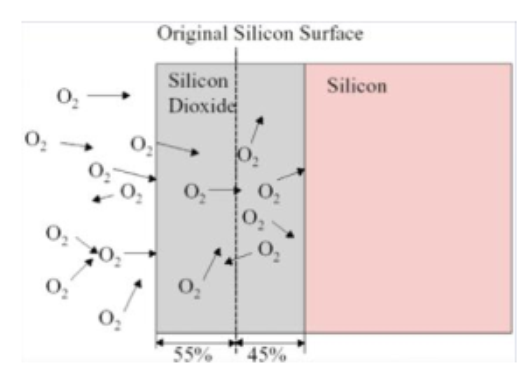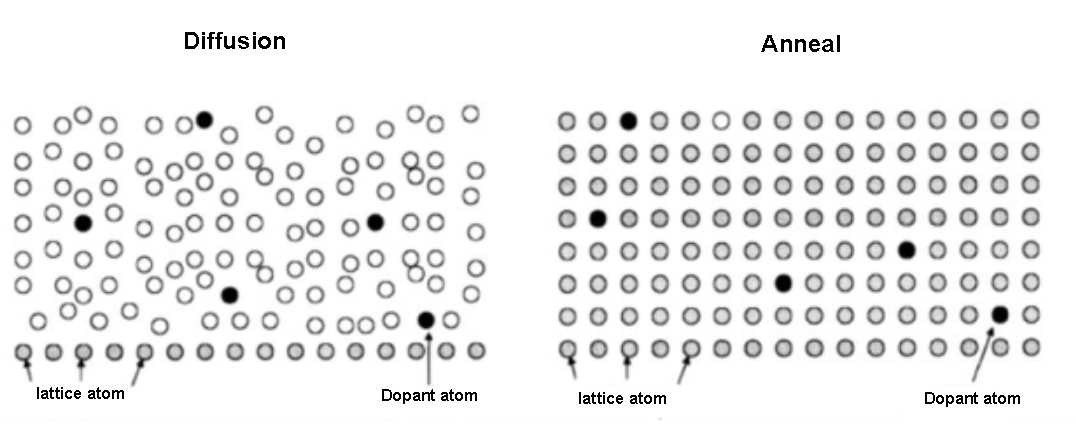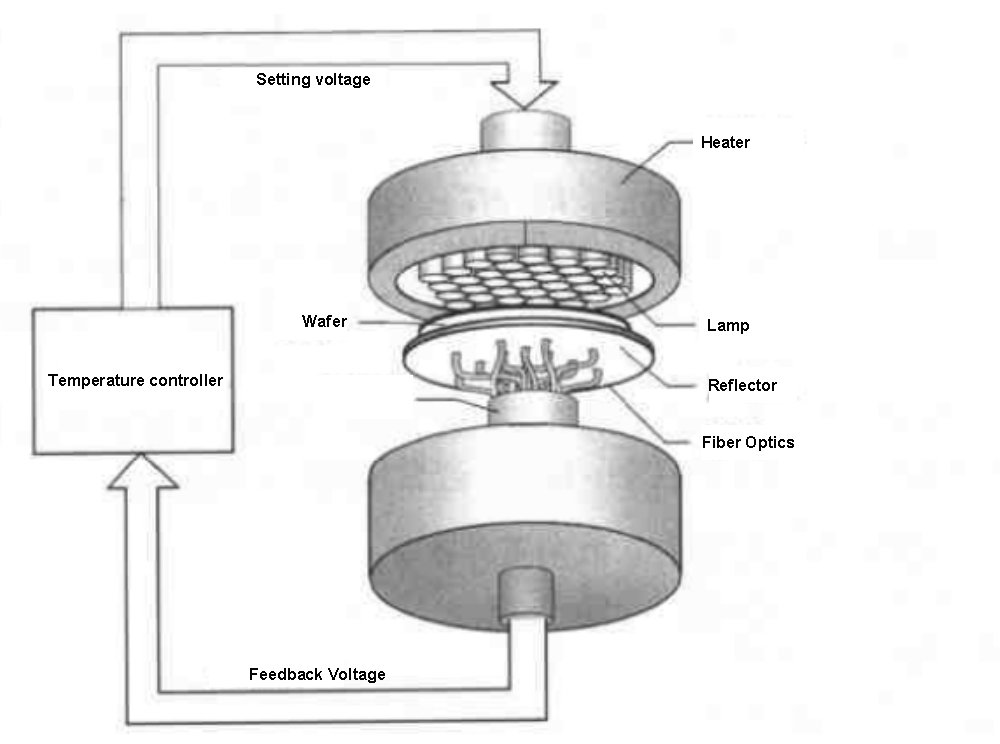
- English
- Español
- Português
- русский
- Français
- 日本語
- Deutsch
- tiếng Việt
- Italiano
- Nederlands
- ภาษาไทย
- Polski
- 한국어
- Svenska
- magyar
- Malay
- বাংলা ভাষার
- Dansk
- Suomi
- हिन्दी
- Pilipino
- Türkçe
- Gaeilge
- العربية
- Indonesia
- Norsk
- تمل
- český
- ελληνικά
- український
- Javanese
- فارسی
- தமிழ்
- తెలుగు
- नेपाली
- Burmese
- български
- ລາວ
- Latine
- Қазақша
- Euskal
- Azərbaycan
- Slovenský jazyk
- Македонски
- Lietuvos
- Eesti Keel
- Română
- Slovenski
- मराठी
- Srpski језик
About Semiconductor Heating Elements
2023-07-21
Heat treatment is one of the essential and important processes in the semiconductor process. Thermal process is the process of applying thermal energy to a wafer by placing it in an environment filled with a specific gas, including oxidation/diffusion/annealing, etc.
Heat treatment equipment is mainly used in oxidation, diffusion, annealing and alloy four types of processes.
Oxidation is placed in the silicon wafer in the atmosphere of oxygen or water vapor and other oxidants for high temperature heat treatment, the chemical reaction on the surface of the wafer to form an oxide film process, is one of the more widely used in the integrated circuit process of the basic process. Oxidation film has a wide range of uses, can be used as a blocking layer for ion injection and injection penetration layer (damage buffer layer), surface passivation, insulating gate materials, and device protection layer, isolation layer, device structure of the dielectric layer and so on.

Diffusion is in high temperature conditions, the use of thermal diffusion principle of impurity elements according to the process requirements doped into the silicon substrate, so that it has a specific concentration distribution, to change the electrical characteristics of the material, the formation of semiconductor device structure. In the silicon integrated circuit process, the diffusion process is used to make PN junction or constitute integrated circuits in the resistance, capacitance, interconnect wiring, diodes and transistors and other devices.
Anneal, also known as thermal annealing, integrated circuit process, all in nitrogen and other inactive atmosphere in the heat treatment process can be called annealing, its role is mainly to eliminate lattice defects and eliminate lattice damage to the silicon structure.

Alloy is a low-temperature heat treatment usually required to place silicon wafers in an inert gas or argon atmosphere in order to form a good base for the metals (Al and Cu) and the silicon substrate, as well as to stabilize the crystalline structure of the Cu wiring and to remove impurities, thus improving the reliability of the wiring.
According to the equipment form, heat treatment equipment can be divided into vertical furnace, horizontal furnace and rapid thermal processing furnace (Rapid Thermal Processing, RTP).
Vertical Furnace: The main control system of vertical furnace is divided into five parts: furnace tube, wafer transfer system, gas distribution system, exhaust system, control system. Furnace tube is the place for heating silicon wafers, which consists of vertical quartz bellows, multi-zone heating resistor wires and heating tube sleeves. The main function of the wafer transfer system is to load and unload wafers in the furnace tube. The loading and unloading of wafers is accomplished by automatic machinery, which moves between the wafer rack table, furnace table, wafer loading table, and cooling table. The gas distribution system transfers the correct gas flow to the furnace tube and maintains the atmosphere inside the furnace. The tail gas system is located in a through-hole at one end of the furnace tube and is used to completely remove the gas and its by-products. The control system (microcontroller) controls all furnace operations, including process time and temperature control, sequence of process steps, gas type, gas flow rate, rate of temperature rise and fall, loading and unloading of wafers, etc. Each microcontroller interfaces with a host computer. Compared to horizontal furnaces, vertical furnaces reduce footprint and allow for better temperature control and uniformity.
Horizontal Furnace: Its quartz tube is placed horizontally to place and heat the silicon wafers. Its main control system is divided into 5 sections like the vertical furnace.
Rapid Thermal Processing Furnace (RTP): The Rapid Temperature Rising Furnace (RTP) is a small, rapid heating system that utilizes halogen infrared lamps as a heat source to quickly raise the wafer temperature to the processing temperature, reducing the time needed for process stabilization and cooling the wafer quickly at the end of the process. Compared to traditional vertical furnaces, the RTP is more advanced in temperature control, with the main differences being its rapid heat-up components, special wafer loading devices, forced air cooling and better temperature controllers.The special wafer loading device increases the gap between wafers, allowing for more uniform heating or cooling between wafers.While conventional vertical furnaces use thermocouples for temperature measurement and control, Rapid-Temperature-Processing (RTP) furnaces use modular temperature controls that allow control of individual heating and cooling of the wafers, rather than just controlling the atmosphere inside the furnace.In addition, there is a trade-off between high wafer volumes (150-200 wafers) and ramp rates, and the RTP is suitable for smaller batches (50-100 wafers) to increase ramp rates because fewer wafers are being processed at the same time, and this smaller batch size also improves local airflow in the process.

Semicorex is specialized in SiC parts with CVD SiC coatings for semiconductor process, such as tube, cantilever paddles, wafer boats, wafer holder, and etc. If you have any questions or require further information, please feel free to contact us.
Contact phone # +86-13567891907
Email: sales@semicorex.com




